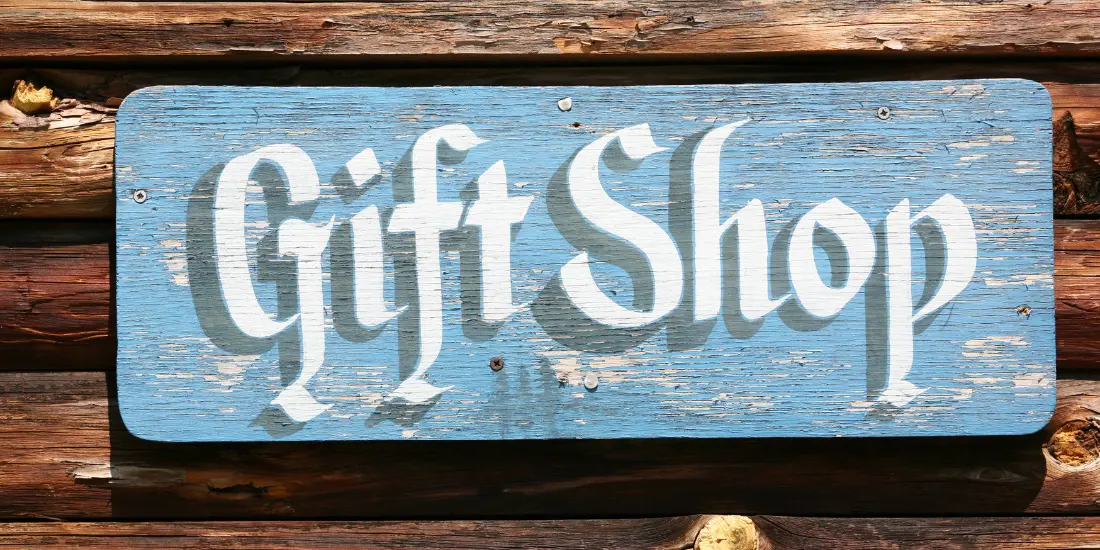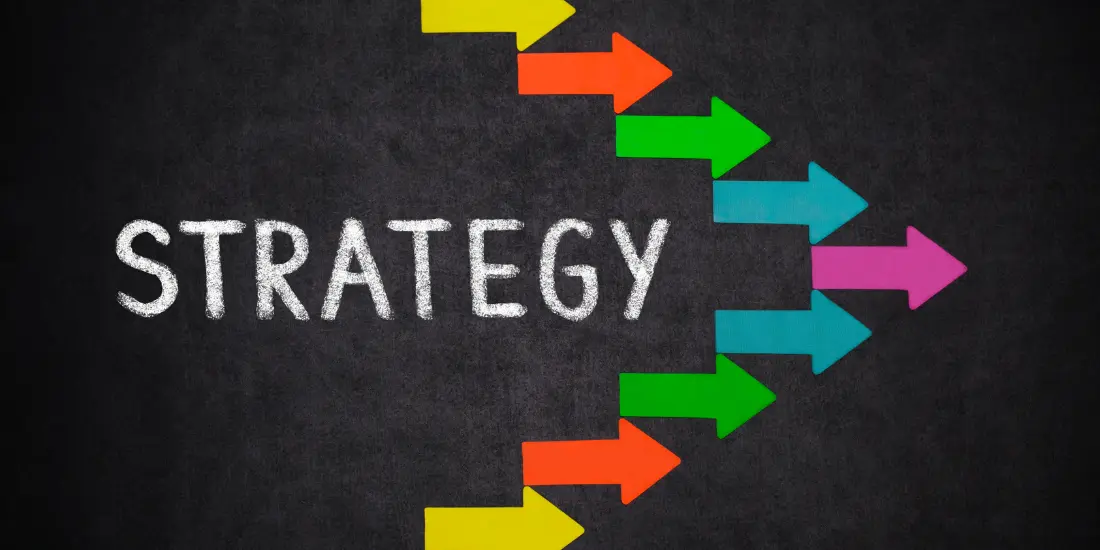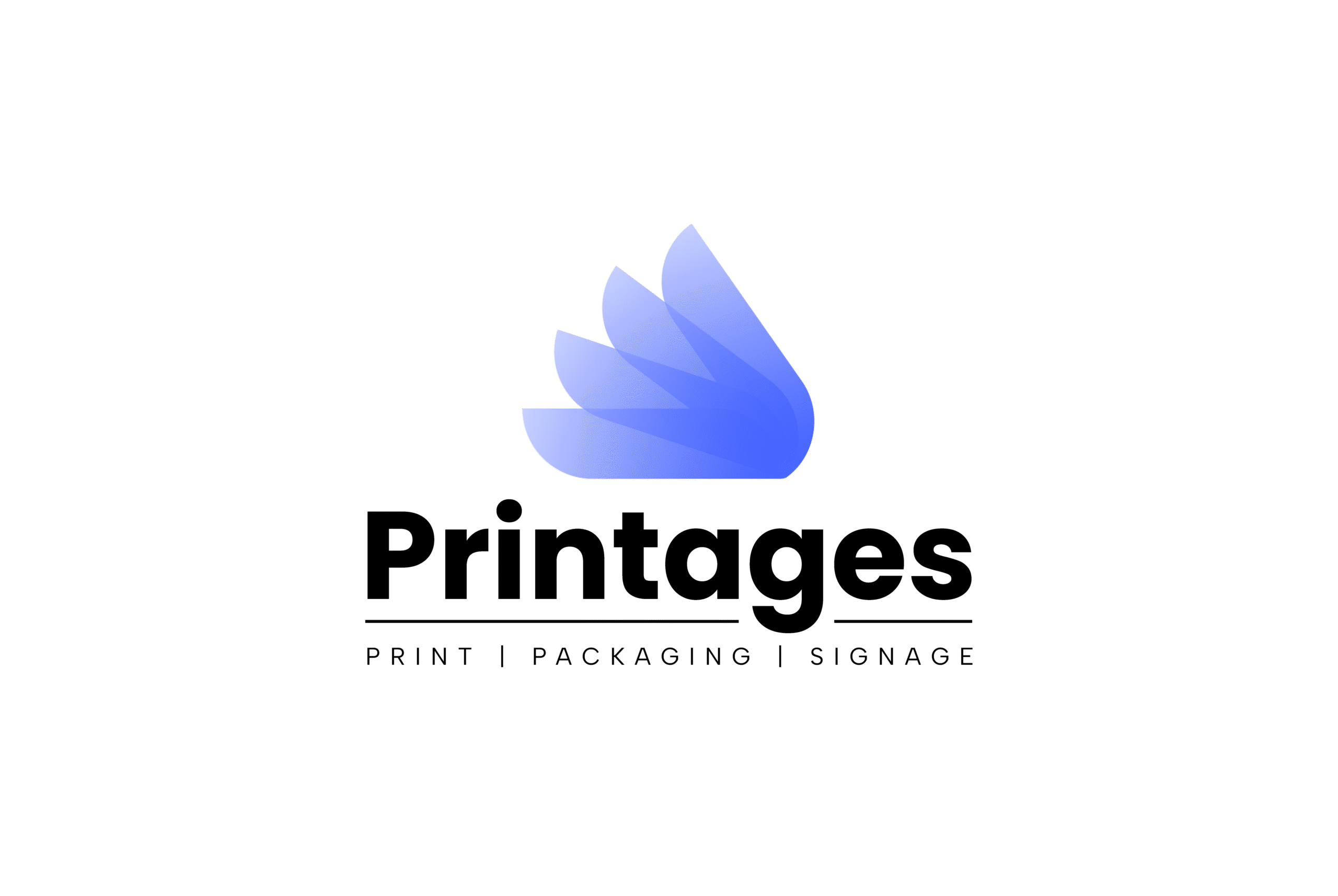How to Design a Sign Board? Effective Tips for Great Design
Sign boards are essential tools for businesses to communicate with their customers. A well-designed sign board not only attracts attention but also effectively conveys information about the business.
In this blog, we’ll delve into what distinguishes a great sign from the rest and provide you with valuable design tips to ensure your custom signage stands out and delivers the desired results.
Let’s explore the key elements that contribute to creating compelling signage that leaves a lasting impact on your audience.
Below are the topics we’re going to discuss in this blog post:
- Understanding the Purpose of Sign Boards
- What Constitutes an Effective Sign?
- Sign Design Strategies for Impactful Signage
Understanding the Purpose of Sign Boards:

Before delving into the design process, it’s crucial to understand the primary purpose of sign boards. Signage serves as a visual communication tool, conveying messages, information, and brand identity to passersby and potential customers.
Whether it’s a storefront sign, directional sign, or promotional display, the goal is to grab attention, communicate effectively, and leave a lasting impression.
What Constitutes an Effective Sign?
Several key factors come into play to ensure your signage effectively grabs attention and conveys your message. First and foremost, selecting the right type of sign sets the foundation. But beyond that, your design strategy should encompass a few crucial elements:
- Placement: Put your sign where it’ll be seen easily, indoors or outdoors.
- Material: Use durable materials that suit the environment, like weather-resistant options for outdoor signs.
- Messaging: Keep your message short, relevant, and interesting to your target audience.
- Design: Make it easy to read with clear fonts, bold colors, and eye-catching visuals. Avoid making it too busy or complicated.
- Impact: Strike a balance between grabbing attention and being overwhelming. Your sign should attract people without being too distracting.
By following these simple tips, you can create effective signage that gets your message across quickly and effectively, helping to drive traffic and engagement for your business.
Sign Design Strategies for Impactful Signage:

1. Choose the Right Type of Sign:
When it comes to selecting the right type of sign, understanding its purpose is key. Your budget plays a significant role, but equally important is knowing your audience and the message you want to convey.
Certain signs excel at delivering specific messages, while others may not be as effective. For instance, wall decals and floor graphics work well indoors or on storefronts. On the other hand, yard signs and banners are ideal for outdoor placement, particularly in areas with high visibility, such as near roads.
Consider these factors when choosing the type of sign that best suits your needs and resonates with your audience.
2. Crafting the Ideal Message:
Consider what you want your sign to do: guide people, advertise a sale, or announce something exciting like a grand opening. Then, think about who will see it. What message will they like the most?
For example, if you’re making a sign for a restaurant, think about what your customers care about. Do they love happy hour deals, rewards, or discounts on pizza?
By understanding what your audience likes and tailoring your message to them, you can make a sign that really grabs their attention and gets them interested.
3. Consider the Surroundings:
Considering the environment when designing your sign is crucial. You want it to fit in and stand out in the right way.
Misplacing or misusing signs can confuse people or make your message unclear. For instance, a “grand opening” sign should go near the entrance or where lots of people pass by.
You also don’t want your sign to get lost in its surroundings. For example, if your building has red brick walls, avoid using too much red in your sign design. This way, it stays readable and eye-catching instead of blending in too much.
4. Keep the Design Simple and Clear:
Remember, simplicity is key when it comes to effective sign design.
Whether it’s a poster, banner, window graphic, or storefront sign, simplicity reigns supreme.
Here’s how to keep it simple:
- Short and Compelling Message: Get straight to the point with a message that sparks interest.
- Negative Space: Leave enough room between design elements for better readability and visibility.
- Limited Design Elements: Don’t overcrowd your sign with too many images or text. Keep it clean and focused.
Remember, less is more. Your message should be concise and captivating since people typically only glance at signs for a few seconds. Make sure your sign grabs attention instantly.
5. Select the Ideal Font:
Font selection is crucial in custom sign design, especially for maintaining brand consistency.
If your company already has established branding or specific fonts outlined in brand guidelines, stick to those for a cohesive look.
However, if your logo uses a decorative font or lacks a secondary font, invest time in finding a complementary, easy-to-read font like a sans serif for other messaging in your sign design.
Also, consider the font size based on your audience’s distance from the sign. Ensure it’s large enough to be seen clearly from their vantage point when they first notice it. This ensures maximum visibility and impact.
6. Optimize Color and Contrast:
Selecting the right colors and ensuring contrast is vital for impactful signage.
Maintain brand consistency by using your brand’s colors or complementary hues that represent your message. For instance, a logo sign should align with your brand colors, while a sale promotion sign can explore other colors while still reflecting your brand.
Additionally, prioritize contrast to enhance visibility and readability. Opt for light-colored fonts on dark backgrounds, and vice versa. This ensures your custom sign stands out and effectively communicates your message.
7. Maintain Consistency Throughout:
Consistency in sign designs is key to reinforcing brand identity and maximizing impact.
For instance, if you’re promoting a big sale across banners, posters, and table tents, ensure the design remains consistent across all types of signage. This repetition helps boost brand recall and encourages favorable actions from your audience.
8. Use Imagery:
While imagery may not always be necessary, it often enhances your message and captivates your audience.
Choose high-quality images that resonate with your audience and complement your message. For instance, in real estate promotions, include images of the property, or on a restaurant menu board, feature appetizing photos of popular dishes.
The placement of images is crucial to avoid interference with text readability. Ensure they blend seamlessly into your sign design, allowing for easy viewing and understanding by your audience.
9. Select Appropriate Materials:
Selecting the appropriate material for your sign is crucial to meeting your goals effectively.
While indoor signs offer flexibility in material choices, outdoor signs must withstand various weather conditions. Opt for durable materials such as aluminum, vinyl, PVC, or acrylic for outdoor signage to ensure longevity and resilience.
Consider the lifespan of your sign as well. Is it for a short-term event or intended for long-term use? Materials like PVC or aluminum have longer lifespans compared to foam board or coroplast, making them suitable for extended usage.
10. Test and Iterate:
Once you have designed your sign board, don’t be afraid to test it out in the real world and gather feedback from customers and colleagues.
Pay attention to how people interact with the sign board and whether it effectively captures their attention. Use this feedback to make any necessary adjustments and improvements to the design.
11. Identify the Suitable Printing Partner for Your Signage:
Once you’ve finalized the environment, material, message, and design for your sign, it’s time to make it a reality. That’s where we come in.
Specializing in wide-format and custom signage, we’re here to help you bring your vision to life. Our goal is to assist you in creating the perfect sign that meets your objectives while staying within your budget.
Conclusion:
In conclusion, designing an effective sign board requires careful consideration of various factors, from understanding its purpose to selecting the right type of sign, crafting compelling messages, and choosing appropriate materials. By following the tips outlined in this guide, you can create standout signage that grabs attention, communicates your message clearly, and leaves a lasting impression on your audience.
Remember to keep your design simple and clear, prioritize readability and visibility, maintain consistency with your brand identity, and test your signage to ensure it resonates with your target audience. When it comes to bringing your design to life, partnering with a reliable printing service like Conquest Graphics can help ensure the quality and professionalism of your final product.
With these effective design strategies and expert tips, you can create sign boards that not only enhance the visibility of your business but also drive engagement and ultimately contribute to your success.
FAQs:
1. How do you make a professional looking sign?
Ensure your business name or main message takes center stage on your sign. Utilize varying font sizes to highlight important phrases or lines. Opt for large, bold fonts, preferably at least 72 pt in size, to guarantee readability and visibility from afar. Incorporate attractive and high-quality visuals to enhance visual appeal.
2. What material is used for sign boards?
Acrylic is a highly versatile sign material, commonly used alongside ACM. It comes in various thicknesses, colors, and finishes, is easy to process, and works well both indoors and outdoors.
3. What is a PVC sign board?
PVC signs, also known as polyvinyl chloride, are lightweight and rigid and made from foam PVC. PVC is a versatile material used for plumbing, house siding, tubing, fencing, and, of course, signage.
4. What shape are sign boards?
In traffic signage, circles convey orders, triangles issue warnings, and rectangles provide information. Triangular signs are typically red, though there are exceptions to these shape and color rules to indicate greater importance for certain signs.
Contact Us:
Ready to elevate your signage? Contact us now, and together, let’s turn your vision into reality!
WhatsApp = +92332-720-2706
Facebook = Printages
Instagram = Printages.smc
Find us: Click here for directions


